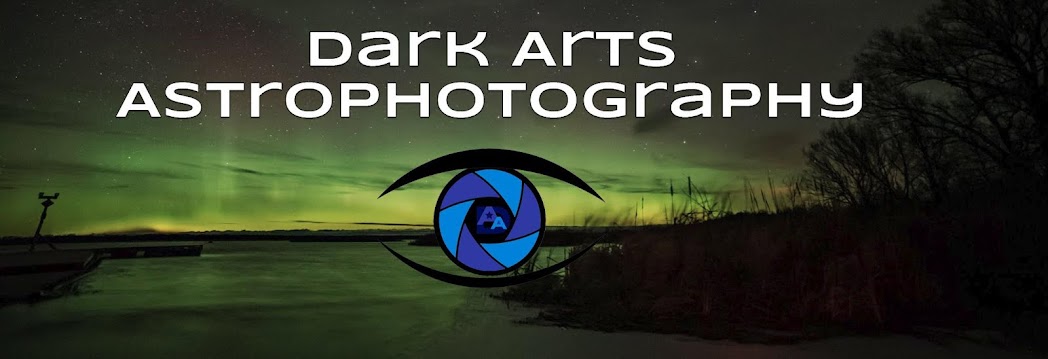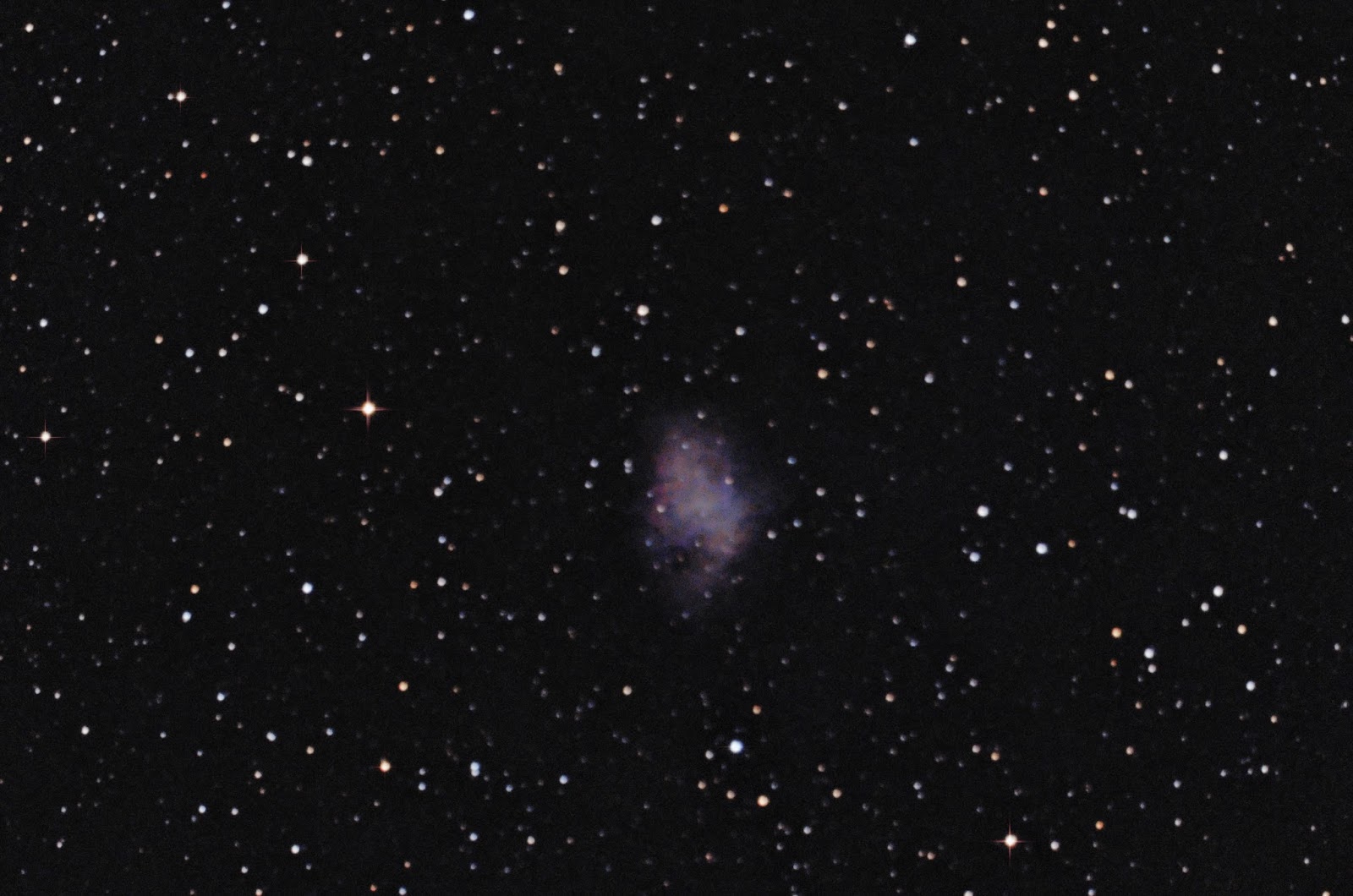Today I’m
writing something a little different. Normally this blog focuses on
astrophotography and all things related. Today I’m taking a step out of that
paradigm and speaking on a slightly more morbid topic - how fragile life on our
planet really is and how easily and quickly it could be eradicated.
It's good to be alive. And most of us don't realize really how fortunate we are
to even be here in the first place considering the universe is trying to kill
us at every turn. We live in a harsh,
deadly universe. At every opportunity, from
the microscopic level all the way to the macroscopic scale we can't even
comprehend, the universe wants to kills us.
At the
microscopic scale, you have a plethora of hazards to life - some natural, some
man-made. We have bacteria and viruses that will kill us if left unchecked.
Before our era of modern medicine, these pesky bugs would regularly wipe out a
fair percentage of humanity on a fairly regular basis. But still there are bugs
out there that will kill us dead that we can do nothing about.
At a natural
level, we have creatures - from smallest spiders to large predators - who would
kill us in an instant, either for food or just from perceiving us as a threat. There
are toxic plants that can kill us. And of course, we have the most destructive
species of all - humans. We've been responsible for the culling of more of our
own numbers than anything else to date. And we can use anything from the
largest items to the smallest (harnessing the power of the atom) to do it. We
truly are the ultimate killing machine, and the only species on this planet
that regularly kills members of its own species.
On the
planetary scale, we have all kinds of hazards just looking to kill us. There's
climate and weather phenomena such as tornados and hurricanes, droughts, floods,
etc that rack up a healthy death toll each year. From a geological standpoint,
plate tectonics cause all kinds of nasty things such as volcanoes, earthquakes,
tsunamis, etc. Millions have died from these events through history. And many
more will in the future. As an example, should the caldera of the Yellowstone
super volcano blow its top (and it's about due), life on this planet as we know
it would cease to exist.
We haven't
even left terra firma yet, and already we have incredible odds stacked against
us and our survival.
On the scale
of the solar system, we're faced with another group of potential threats to our
survival. The biggest and least obvious is our source of life on this planet -
the Sun. It could end life on Earth in an instant with a single direct hit from
one lucky X-class flare. We've been grazed by some rather large coronal mass
ejections in the last few months that could have had serious effects had they
been direct hits. And in a few billion years, it WILL be the death of Earth as the
sun swells into a red giant and engulfs the inner planets, possibly even the
Earth. Whether life will still exist on Earth at that time is unknown, but
regardless, the sun will be the eventual destruction of our planet if nothing
else gets us first.
And then
there are the space rocks and other large objects floating around our solar
system. Everything from meteoroids to asteroids and comets that could come
around and crash our life party on our blue marble. They have hit us before,
and will hit us again. We've just been fortunate in the last few hundred
thousand years to not have any significant impact that had a significant impact
on life on this planet. The recent space-rock that blew up over Russia, as well
as the Tunguska event of 1908 show us that we're very vulnerable to potential
life-smashing hazards from space.
And then we
move out of our solar neighbourhood and into interstellar space. Again we're
faced with multiple perils. It's generally accepted that there are rogue,
invisible black holes moving around through interstellar space. If one were to
interact with our sun's gravity and be pulled in, then it would mean
destruction of our solar system. There are also rogue planets that were thrown
out of their parent star's orbit drifting through interstellar space. Should
one come our way and enter our solar system, the outcome could be disastrous.
Even if there was no direct collision with another body in our system, orbital equilibrium would be thrown off
causing stable orbits of planets to be thrown off, perhaps catapulting us into
the sun where we'd burn, or out of the solar system altogether where we'd
freeze. Again, more ways the universe is trying to kill us. Granted, the odds of this happening are quite
low.
On a less
chance-based scenario, if any large star in our immediate stellar neighbourhood
(within about 50 light years for giant stars, 100 light years for supergiants)
were to go supernova, the earth would be drenched in gamma radiation and all
life destroyed in fairly short order. To steal from Admiral Ackbar from Star
Wars, "Our ionosphere and magnetosphere can't repel firepower of that
magnitude". And we wouldn't even know about it until it hit us.
And then we
move up to the galactic scale. Our galaxy is constantly in motion, with our
solar system orbiting our galactic core once every 230 million years. As we
move through in our little galactic arm, we have other objects in motion at
different rates and different trajectories. We traverse dust clouds, areas with
other star systems, etc. All we need is to get too close to have a
gravitational interaction between our sun and another object, and it could be
lights out once again.
And then we
move up to the inter-galactic scale - the largest we're really able to
comprehend. A collision with another galaxy could be the end of our little
world. And it's already in the process of happening. Our nearest large galactic
neighbour, the Andromeda Galaxy (M31) is currently 2.4 million light years from
our own Milky Way and is moving towards us. Our 2 galaxies will collide and
merge in about 4 billion years. This will cause stellar collisions and
widespread destruction, as well as spark a lot of star formation as we merge
over hundreds of millions of years and form a new elliptical galaxy. We may
survive it unscathed, remaining as a member of this new galaxy, or our solar
system may be one of the billions that will be flung out, becoming a rogue
solar system travelling in the blackness of space between galaxies.
But despite
the odds being so stacked against us at every turn, here we are. Some will call
our presence here chance, while others will invoke spiritual or religious
reasons for our existence. In the end, the cause is irrelevant. Whatever it is
you may believe, the one inalienable truth is that we're here, we're alive, and
all that despite our universe trying to kill us at every turn.
We often say
that life is short. When considered on the universal time scale, it's even
insignificant. But on our own time scale, it's just best to be content with
what we have and enjoy it while we can. Because we won't be for long, and any
of the things listed above could end in a blink of an eye without us even
realizing it. We need to just realize how lucky we are to be here, be happy,
and enjoy our existence. And hopefully we manage to find a way off this rock we
call home and settle elsewhere in the galaxy in order to not be exterminated
should any of the above conditions prevail.















+-+Reprocessed+Sept+21,+2014+(Flickr+ready).jpg)
.jpg)

%2B-%2BReprocessed%2BSept%2B21%2C%2B2014%2B(Flickr%2Bready).jpg)



